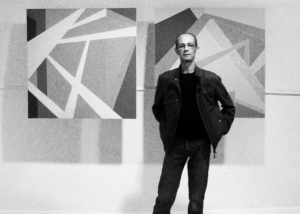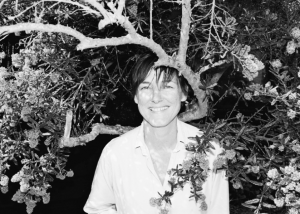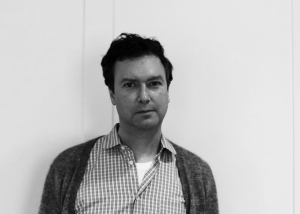The London art scene is massive and overwhelming. Out of hundreds of galleries and thousand of people who work in them, how do you know where to go and who to listen to?
We asked a few hundred art professionals, curators, and artists to name their favourite galleries and we came up with a list of 70. Luckily for us, many museums and galleries were available for interviews.
This interview was conducted in 2015, it took a year to publish because it turns out it’s a lot harder to liaison with 70 galleries and their PR agencies than we originally expected. All the anachronisms were kept to illustrate just how fast paced the London gallery scene is, some people we interviewed no longer work at the same galleries, and some galleries no longer exist in the same form they did last year.
We wanted to share the knowledge with as many art professionals as we could so we are sharing 20 condensed interviews with Fad’s readers. The full lengths interviews are available in the book ‘Who to Know in London?’
Carlos de Lins is the 8th interview out of the series of 20.
What does it take to set up an organisation like Espacio Gallery?
You need a lot of determination and an awful amount of hard work as well as a positive and optimistic attitude, otherwise, it’d be pointless even trying it. Money is also fundamental. In our case we had little money available therefore we had no option but to use several company credit cards. I call it ‘the desperate option’.
Has Espacio’s direction changed over time?
Espacio is a result of artists’ disillusionment with the current commercial and publicly funded gallery system. We are still holding onto our initial mission/vision of promoting and strengthening the community of the artist members and fostering new relationships with fellow artists. We are growing, slowly but steadily.
How do you select artists for exhibitions and how do you find new Member artists?
In the beginning, when we were looking for new members we had to go out and visit their studios, talk to them, etc. Things have slightly changed ever since and we now receive a lot of requests from artists willing to join us as a member. It made our lives easier but the process is still the same.
We still have to see the artists’ works and we also interview them. There’s a panel of members involved in the process of selecting new artists. It’s not an easy process because it’s not just about looking at the artists’ works. We also need to consider their personalities, their willingness to work hard and how flexible they are in dealing with situations. When we work in a group there’s very little room for ‘large egos’.
What’s the average time between finding an artist you like and them having a show presented at the gallery?
Each artist in our group has to exhibit at least twice in a calendar year. For new members, the average waiting time until they can have their first exhibition at the gallery is about six months.
What’s the organisational structure of Espacio, and how is that important to its success?
We are much closer to a cooperative where members share tasks and responsibilities.
But it’s complicated. It’s a mix of everything that we have been trying over the last three years. If it works we stick to it, if it doesn’t work then we look for alternatives.
How are you funded? Any advice for other non-profits?
The gallery is funded by us, the members. We put our own money into it and take 10% commission when we sell works. Also, a few times a year we hire the space to selected groups of artists in order to bring in new cash as well as new audiences. We like to keep the hiring options open because it prevents Espacio from becoming a ‘shell’ and out of touch with the outer world.
Advice for other non-profits: Go and do it. Do not sit on the sofa waiting and expecting that someone else will do it for you. Stop relying on government funding otherwise, your project may not happen – rely on yourself and your group. Always ask yourself this question: “If you’re not willing to invest your own money into it how and why do you expect that someone else will?”








